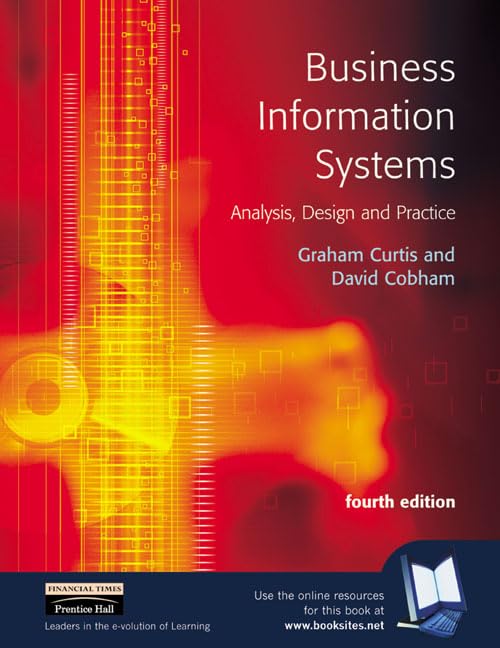Business Information Systems: Analysis, Design and Practice by Graham Curtis
For 2nd and 3rd year intermediate or advanced BIS module; MBA; postgraduate conversion course in IS; 1st/2nd year courses with more analytical focus; Computing Science course in BIS; HND Computing or Business Information Systems. This comprehensive and highly successful text, now revised and updated in its fourth edition, covers all aspects of BIS, from the nature of information to recent developments in IT and the Internet. In a readable but academic and rigorously analytical manner, each chapter explains the expected learning outcomes, introduces a topic as academic theory, illustrates it with real life and artificial examples, and ends with a summary and review questions. Students going into business will be given a sufficiently comprehensive understanding to be able to assess the opportunities, limitations and major issues surrounding modern business information systems.
